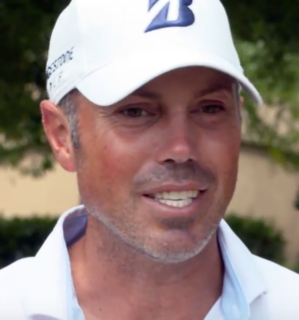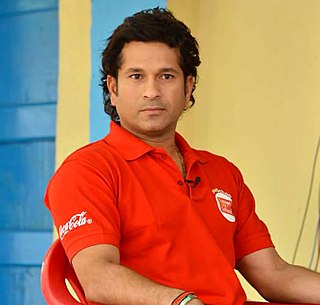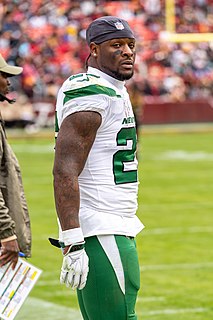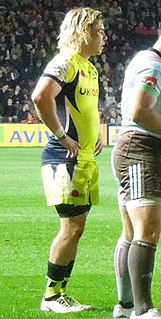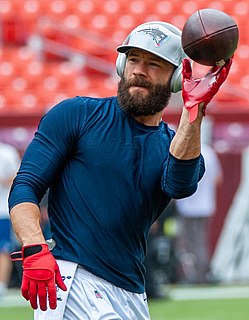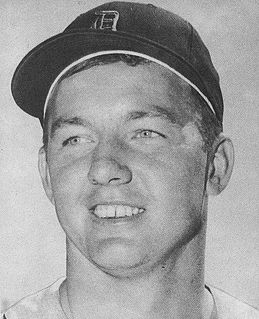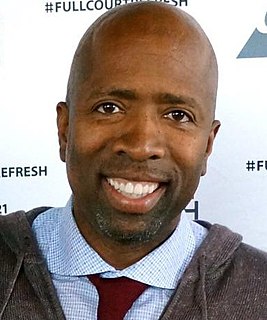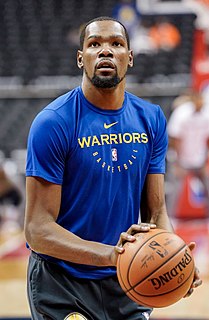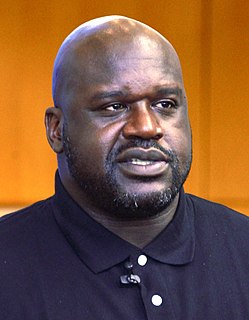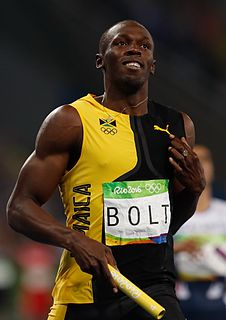A Quote by Ben Zobrist
You used to be taught to let the ball go as far as possible and then drop it on the runner, whereas now it might be even more advantageous to direct the ball in front of the bag and get the guy on the leg.
Related Quotes
I have finally mastered what to do with the second tennis ball. Having small hands, I was becoming terribly self-conscious about keeping it in a can in the car while I served the first one. I noted some women tucked the second ball just inside the elastic leg of their tennis panties. I tried, but found the space already occupied by a leg. Now, I simply drop the second ball down my cleavage, giving me a chest that often stuns my opponent throughout an entire set.
The massive thing that has changed for me was the game management aspect. I still get it wrong sometimes, we all do, when to attack and when to kick, how to control the game, speeding it up and slowing it down. Whereas I used to just go flat out, as hard as I can, get the ball out and get to the ruck as quick as possible.
If I think I will get the ball, I go out. I can't stop halfway because the goal is empty and the player would have the opportunity to shoot. You make the reaction, and then, of course, you have to be sure to get the ball. But it's years of practice. You can't say from one day to the other, 'Now I will do it,' you know? You have to feel it.

